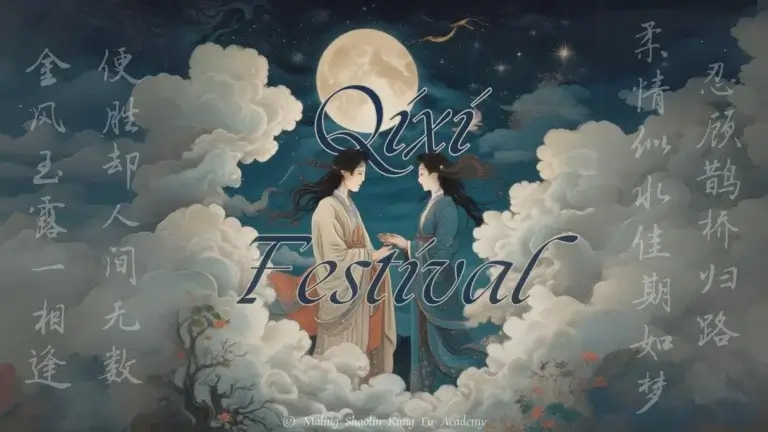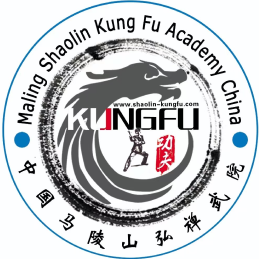Series Introduction
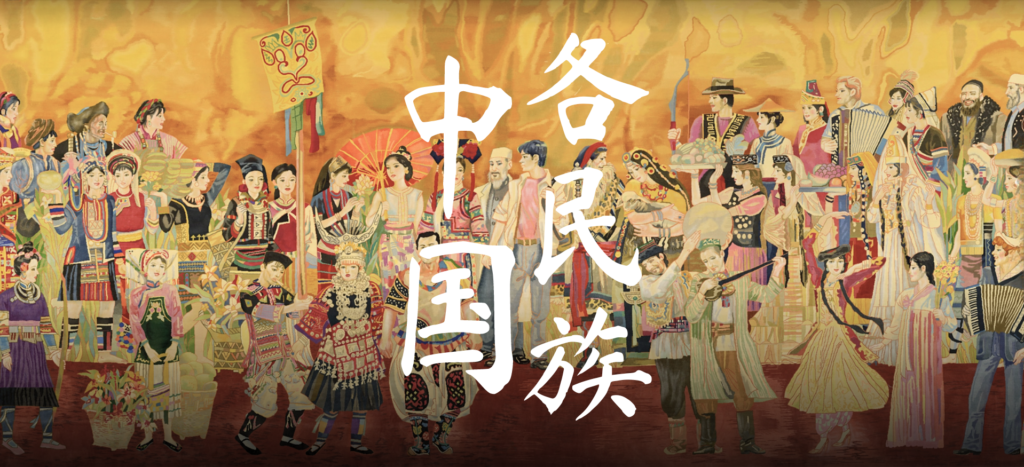
China, renowned for its rich history, vast landscapes, and vibrant culture, is home to a diverse array of ethnicities, each contributing to the country’s unique identity. With 56 officially recognized ethnic groups, China boasts one of the most diverse populations in the world. From the bustling cities of the Han majority to the remote villages of ethnic minorities nestled in the country’s mountainous regions, the cultural landscape of China is as varied as it is fascinating.
Understanding and appreciating the diversity of China’s ethnic groups is paramount in comprehending the complexities of this ancient civilization. Each ethnic group brings forth its own traditions, languages, customs, and beliefs, weaving together a colorful mosaic that reflects the country’s multifaceted heritage. From the bustling markets of the Hui people to the intricate dances of the Yi, and the nomadic lifestyles of the Mongols to the serene temple rituals of the Tibetans, the cultural panorama of China is as diverse as it is captivating.
In this explorative series, we delve into the rich diversity of China’s 56 ethnic groups, highlighting their unique customs, traditions, and contributions to the nation’s history and cultural heritage. From the ancient civilizations of the Han to the indigenous tribes of the Zhuang, each ethnic group has played a vital role in shaping the identity of modern China. Join us on a journey through the heartlands of this vast and diverse nation as we unravel the fascinating stories and traditions of its diverse ethnic groups.
Han, Zhuang, Uyghur, & Hui

China, a land of rich cultural heritage and diversity, is home to 56 officially recognized ethnic groups. Among these, the Han, Zhuang, Uyghur, and Hui ethnicities stand out as prominent contributors to China’s historical tapestry. Each group boasts a unique cultural identity, shaped by centuries of history, traditions, and interactions. In this article, we delve into the historical significance, cultural aspects, and contemporary challenges faced by these four ethnic groups.
Historical Significance and Prominence
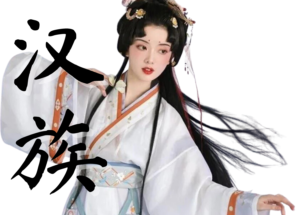
The Han ethnicity, constituting the majority of China’s population, a whopping 91%, holds immense historical significance as the dominant cultural and political force throughout China’s dynastic history. Renowned for their contributions to literature, philosophy, art, and governance, the Han people played a pivotal role in shaping China’s civilization.

The Zhuang ethnicity, concentrated primarily in the Guangxi Zhuang Autonomous Region and the second largest ethnic population in China (1.4%), has a rich history dating back thousands of years. Historically, the Zhuang people developed a sophisticated agricultural society, known for their intricate art forms, such as embroidery and sculpture.
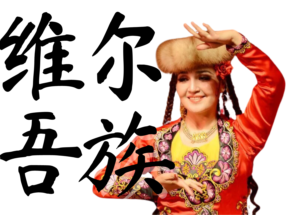
The Uyghur ethnicity, China’s third largest minority (0.84%) and residing predominantly in the Xinjiang Uyghur Autonomous Region, boasts a vibrant cultural heritage deeply rooted in Central Asian traditions. With a history marked by the flourishing Silk Road trade and Islamic influences, the Uyghur people have preserved their unique language, music, cuisine, and craftsmanship.
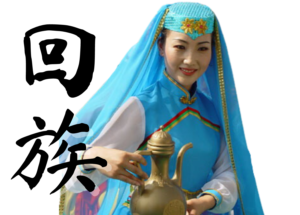
The Hui ethnicity, the fourth largest ethnic group of China (0.81%) and one of China’s largest Muslim minority groups, has a long history of cultural integration and exchange. Descendants of Arab, Persian, and Central Asian traders who settled in China centuries ago, the Hui people have contributed significantly to Chinese cuisine, architecture, and Islamic scholarship.
Cultural Aspects
Attire
Traditional Han attire, characterized by elegant silk garments and intricate embroidery, reflects the sophistication of Chinese civilization. Zhuang attire features vibrant colors and intricate patterns, often adorned with silver ornaments and batik designs. Uyghur clothing incorporates elements of Central Asian nomadic culture, such as flowing robes, embroidered skullcaps, and colorful scarves. Hui clothing reflects Islamic modesty, with men wearing long robes and women covering themselves with hijabs or headscarves.
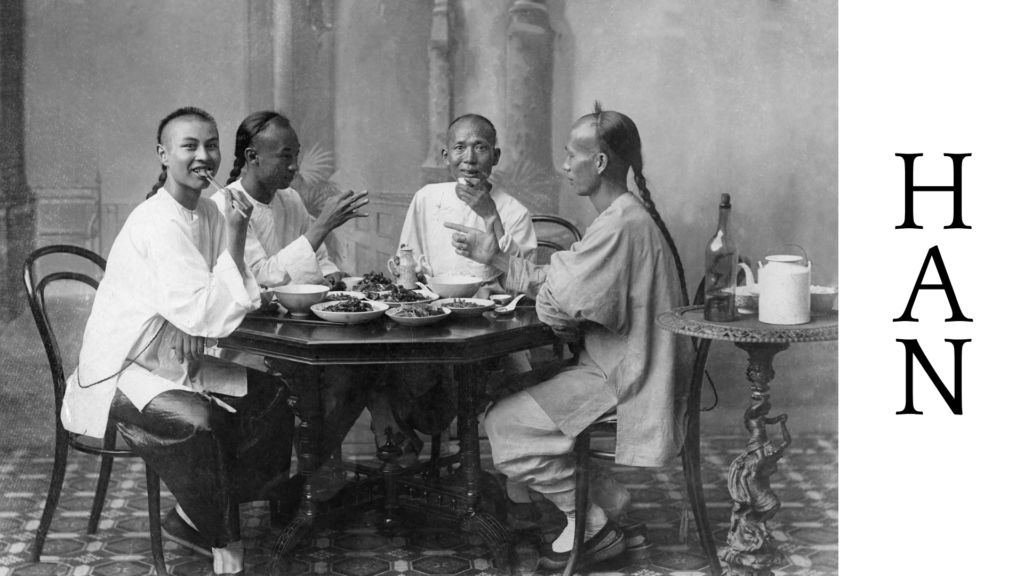
Dances
Han traditional dances, such as the Ribbon Dance and the Dragon Dance, are integral parts of festive celebrations and cultural performances. Zhuang dances, including the Bamboo Dance and the Drum Dance, showcase the ethnic group’s connection to nature and community. Uyghur dances, such as the Dolan Muqam and the Meshrep Dance, feature dynamic movements and intricate footwork, accompanied by traditional musical instruments. Hui cultural dances often blend elements of Chinese and Islamic traditions, symbolizing unity and harmony.

Martial Arts
The Han ethnic group has a rich martial arts heritage, with styles like Tai Chi, Shaolin Kung Fu, and Wing Chun gaining international recognition for their health benefits and self-defense techniques. Zhuang martial arts, such as the Zhaung Zu Mizongquan and the Zhuang Zu Tiajiquan, emphasize agility, flexibility, and inner strength. Uyghur martial arts, influenced by Central Asian combat techniques, focus on grappling, striking, and weapon proficiency. Hui martial arts draw inspiration from both Chinese and Islamic martial traditions, emphasizing discipline, respect, and spiritual development.

Traditions
Han traditions encompass a wide range of customs, including the celebration of Lunar New Year, the Mid-Autumn Festival, and the Qingming Festival. Zhuang traditions include the Water-Splashing Festival, the Singing Festival, and the Buffalo Fighting Festival, which showcase the ethnic group’s agricultural roots and reverence for nature. Uyghur traditions revolve around Islamic rituals and festivities, such as Ramadan, Eid al-Fitr, and Nowruz (New Year). Hui traditions center on Islamic practices as well, including daily prayers, fasting during Ramadan, and the pilgrimage to Mecca (Hajj).
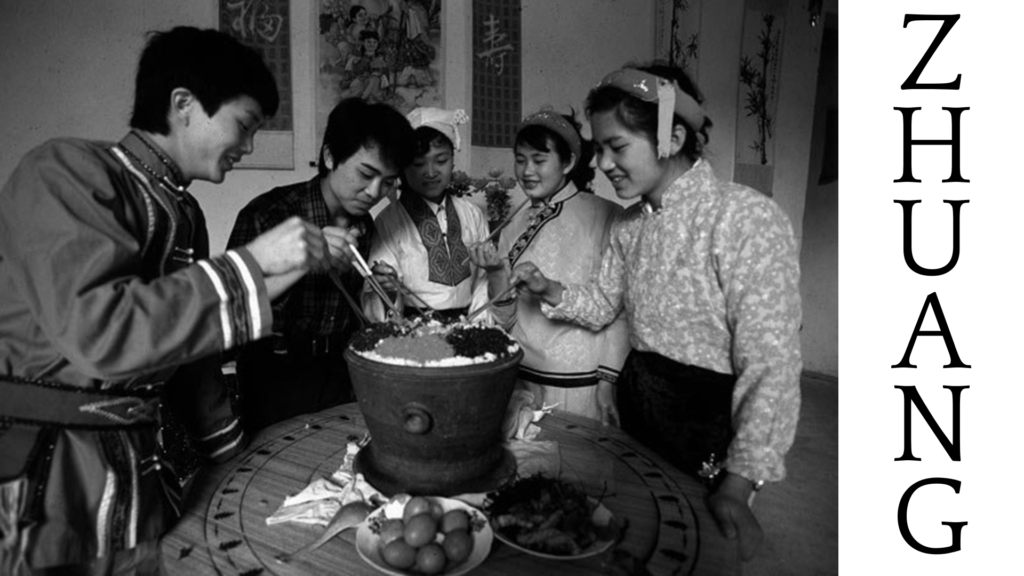
Food
Han cuisine, known for its diverse flavors and regional variations, includes staple dishes like dumplings, noodles, and stir-fries, as well as delicacies such as Peking duck and Cantonese dim sum. Zhuang cuisine features a wide array of rice-based dishes, spicy soups, and grilled meats, showcasing the ethnic group’s agricultural heritage and love for spicy flavors. Uyghur cuisine combines elements of Central Asian, Middle Eastern, and Chinese culinary traditions, with signature dishes like laghman noodles, kebabs, and pilaf. Hui cuisine, influenced by Islamic dietary laws, emphasizes halal ingredients and aromatic spices, with dishes like lamb kebabs, hand-pulled noodles, and steamed buns.
Conclusion
The Han, Zhuang, Uyghur, and Hui ethnicities represent just a fraction of the diverse mosaic of cultures that make up China’s multicultural tapestry. By celebrating and preserving the unique heritage of each ethnic group, China can truly embrace its diversity and foster harmony among its people. Stay tuned as each month we explore more of China’s 56 unique ethnic groups!


